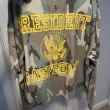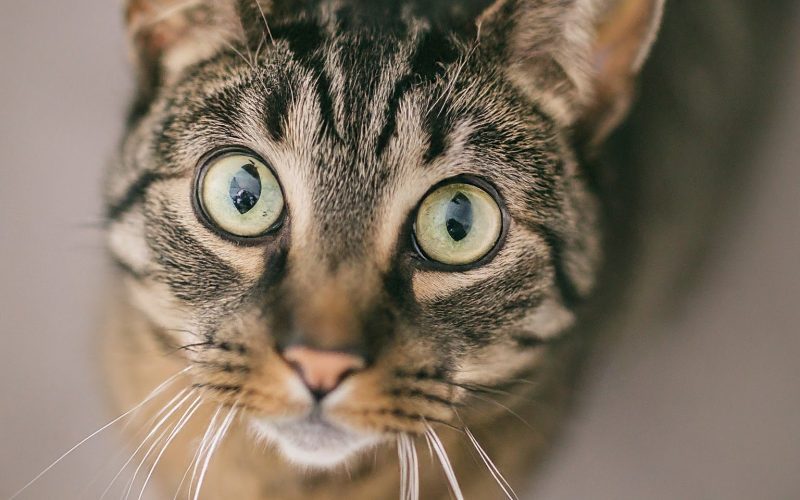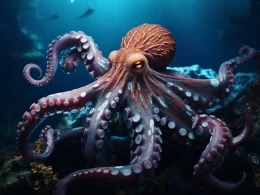About the Author
Dr. Emily Jones, a lifelong cat enthusiast and veterinarian with a passion for science communication, delves into the fascinating world of animal cloning through the story of CopyCat, the pioneering feline.
A Purrfectly Groundbreaking Tale: Meet CopyCat!
In the annals of scientific milestones, few tales weave together charm and groundbreaking achievement quite like the story of CopyCat. In December 2001, the world witnessed the birth of the first successfully cloned cat, a testament to the relentless pursuit of scientific knowledge. Born not from a traditional mating, but through the marvels of cloning technology, CopyCat wasn’t just a scientific experiment; she became a furry symbol of the immense potential that lies within the realm of genetic research. While her name might suggest a simple replica, CopyCat’s life story demonstrates the complexities of this technology and the unique individuality that persists even in cloned beings.
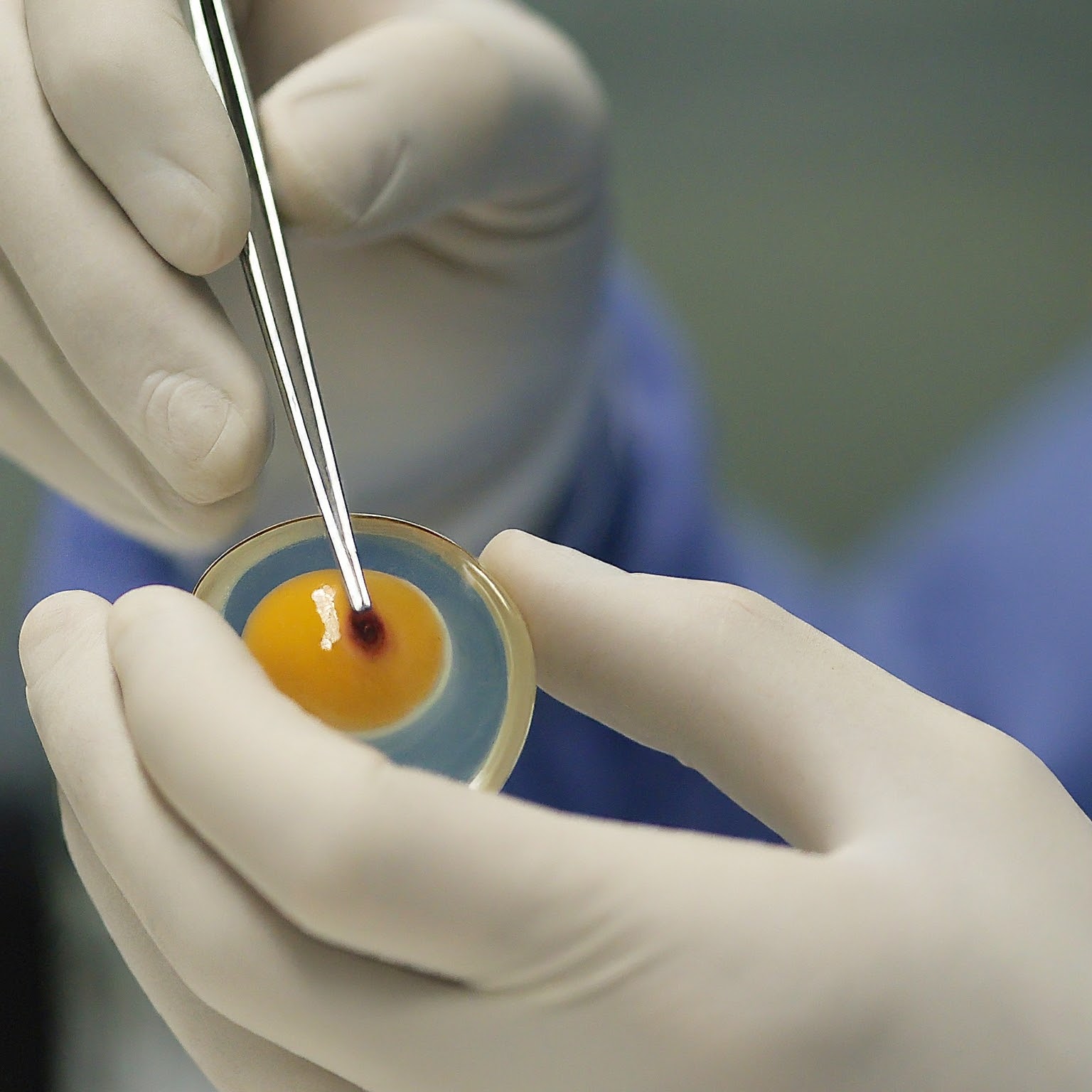
Cloning 101: Demystifying the Science
But before diving deeper into CopyCat’s tale, let’s unravel the scientific marvel that brought her into existence. Cloning, at its core, involves creating a genetically identical copy of an organism. This process, known as nuclear transfer, takes a cell from the donor organism (in CopyCat’s case, a cat named Rainbow) and extracts its nucleus, which houses the genetic blueprint. This nucleus is then meticulously inserted into an egg cell from which the original nucleus has been removed. With a jolt of electrical stimulation, the egg cell is essentially tricked into believing it’s a fertilized egg, kickstarting the wondrous process of cellular division and development. The resulting embryo, a genetic twin of the donor, is then implanted into a surrogate mother, a different cat altogether (in this case, Allie), who carries the cloned kitten to term.
The team at Texas A&M University, led by Dr. Duane Wakayama, achieved this remarkable feat after years of meticulous research and experimentation. Their success with CopyCat marked a significant leap forward in the field of animal cloning, paving the way for further exploration of its possibilities and limitations.
Beyond CopyCat: The Legacy of the 1st Cloned Cat
CopyCat’s arrival wasn’t merely a media spectacle; it served as a catalyst for a surge of scientific inquiry. Researchers gained invaluable insights into feline development, particularly the intricate interplay between genes and the environment that shapes an organism. The success with CopyCat also opened doors for the exploration of cloning technology in other animals, with varying degrees of success.
This newfound ability to manipulate genes sparked discussions about the potential applications of cloning. Could this technology be used to preserve endangered species, ensuring their survival for generations to come? Or could it be harnessed to create genetically modified animals with specific traits, such as those resistant to disease? These questions continue to be debated by scientists, ethicists, and the general public alike.
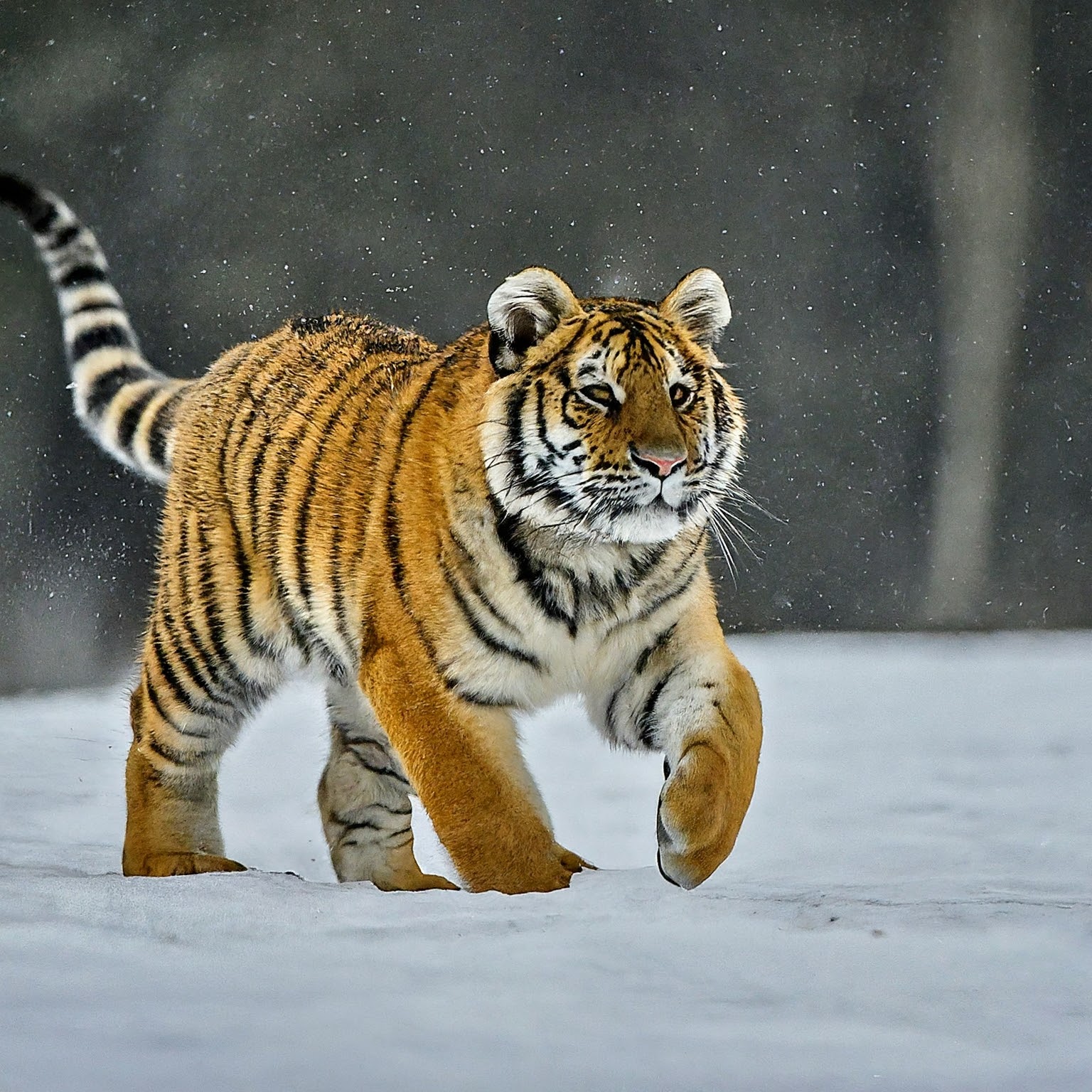
The Ethics of Cloning: A Balancing Act
While the science behind cloning is undeniably fascinating, ethical considerations surrounding this technology are paramount. The welfare of the animals involved in the cloning process must be a top priority. The health risks associated with cloning, such as birth defects and developmental abnormalities, need thorough evaluation and mitigation strategies. Additionally, the purpose of cloning animals sparks ongoing debate. Should it be used solely for scientific advancement and conservation efforts, or could there be a role for personal cloning, allowing grieving pet owners a chance to “recreate” their beloved companions?
There are strong arguments on both sides. Proponents of personal cloning highlight the emotional attachment some owners have to their pets and the potential solace cloning might offer. However, critics raise concerns about the commodification of animals and the potential psychological repercussions for owners who might be unable to fully replace the unique bond they shared with their original pet.
Ultimately, the ethical considerations surrounding cloning necessitate ongoing discussions and the development of clear guidelines to ensure the responsible use of this technology.
What Does This Mean for Cat Lovers?
The story of CopyCat doesn’t necessarily translate to cat owners being able to clone their cherished felines anytime soon. Cloning remains a complex and expensive procedure, with success rates varying considerably. Additionally, the ethical concerns discussed above remain a significant barrier.
However, the research advancements inspired by CopyCat could have a positive impact on feline health in the future. Insights gained from studying cloned cats could lead to breakthroughs in veterinary medicine, potentially aiding in the development of treatments for genetic diseases plaguing cats.
The Future of Cloning: Where Do We Go From Here?
The field of cloning is constantly evolving, with scientists exploring applications in areas beyond simple replication. Here are some promising avenues of research:
- Regenerative Medicine: Cloning technology holds immense potential in the field of regenerative medicine. Scientists envision using cloned cells to generate healthy tissues and organs for transplantation, potentially revolutionizing the treatment of organ failure and other degenerative diseases.
- Conservation Efforts: Cloning could play a crucial role in the conservation of endangered species. By collecting genetic material from critically endangered animals, scientists could create clones, repopulating dwindling populations and ensuring the survival of these precious species.
- Understanding Diseases: Cloning technology can be a valuable tool in understanding complex diseases. By studying cloned animals with specific genetic mutations, researchers can gain deeper insights into the mechanisms of these diseases, paving the way for the development of more effective treatments.
-

Picture by: Google Gemini
Challenges and Considerations
Despite the promise it holds, cloning technology faces several challenges that need to be addressed:
- Technical Hurdles: Cloning remains a complex and inefficient process, with a significant number of failed attempts. Scientists are continuously working to refine the techniques and improve success rates.
- Ethical Concerns: As previously discussed, the ethical considerations surrounding cloning are significant. Animal welfare and the potential psychological impact on owners who choose to clone their pets require careful consideration.
- Long-Term Health Effects: The long-term health outcomes of cloned animals are still being investigated. More research is needed to ensure the well-being of cloned individuals throughout their lifespan.
Conclusion
The story of CopyCat serves as a powerful reminder of the remarkable progress in science. While cloning technology remains in its early stages, it holds immense potential for the future of medicine, conservation, and our understanding of genetics. As we move forward, it’s crucial to weigh the potential benefits of cloning against the ethical considerations and technical challenges. CopyCat’s tale paves the way for future scientific exploration and encourages us to ponder the ever-evolving relationship between science and the animal world. The journey of cloning is far from over, and the discoveries that lie ahead promise to reshape our understanding of life itself.




